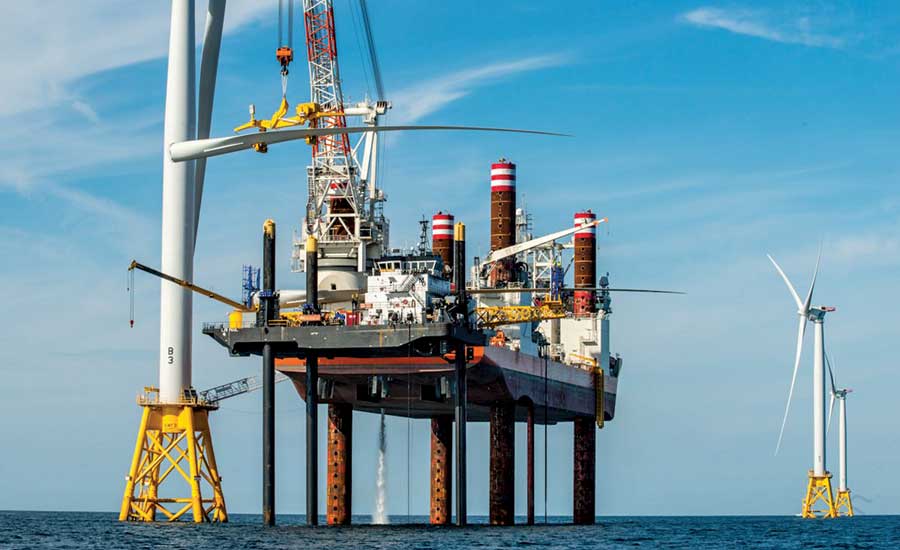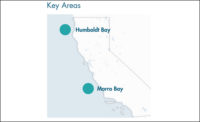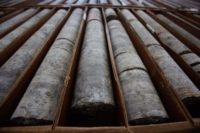Changes proposed by the U.S. Customs and Border Protection Agency to a federal law that governs access to U.S. ports by foreign-flag vessels for maritime commerce, could significantly reduce offshore U.S. oil and gas construction, says an American Petroleum Institute report released April 4. Others say the alterations also could add to cost and schedule impacts in the developing U.S. offshore wind market.
Under the 1920 Jones Act, enacted to protect U.S shipbuilding, transport of “merchandise” between U.S. ports is allowed by only qualified U.S. flagships built domestically and crewed by U.S. citizens. Sites on the outer continental shelf were included under a later law. But decades of exceptions to the law have allowed non-U.S. construction vessels to pick up equipment, such as subsea assemblies, at an American port and install them within U.S. territorial waters.
The border-patrol agency (CBP) has proposed rolling back portions of the exceptions. “As almost 30 long-standing interpretations [of the law] may change, this could have a substantial effect on offshore vessel operations,” attorney Charlie Papavizas said in Windpower Engineering & Development.
The API report, prepared by Scotland-based energy advisory firm Calash on the economic effects of CBP’s proposal, says it could fundamentally change the development of offshore oil and gas projects. “The largest impact is likely to be from the inability to use foreign-flagged subsea construction, pipeline installation and heavy-lift vessels to develop U.S. offshore oil and natural-gas projects,” the report says. It is projected to lead to significant delays in offshore exploration and development projects and reduce by 20% the number of projects coming on line by 2030.
Depending on the interpretation of the changes, a wide variety of vessels—mobile offshore drilling rigs, shallow and deepwater crane and lay vessels, and well stimulation vessels, among them—may also be affected, the report says. It projects 30,000 U.S. job losses in 2017 and 125,000 by 2030, as well as a $5.4-billion annual cut in offshore oil-and-gas spending and a 23% production drop by 2030.
Not everyone agrees with the assessment. Joseph Orgeron, chief technology officer for Louisiana vessel-operator and offshore-platform contractor Montco, says the API report is meant to support the international oil-and-gas industry, which wants the cheapest vessels to perform the work. “The Jones Act puts America’s safety and security above lowest-cost vendors and profits by assuring that U.S.-owned, -built and -crewed vessels are the primary force working to safeguard American’s energy infrastructure,” he says.
Montco helped to install components for the first U.S. offshore wind farm, whose construction off Rhode Island was limited by the Jones Act. For the $300-million project finished last year, Montco ferried towers, turbines, blades and wind-turbine parts on its U.S.-flagged vessels to a foreign installation vessel—owned by a Norwegian firm, registered in Malta and built in Dubai—because no similar U.S.-made vessel exists. “The Jones Act specifically prohibits this sort of vessel transporting goods or passengers in the U.S. and territories,” says Zach Finucane, project manager for wind-farm designer Keystone Engineering.
Montco and other marine contractors have considered investing in a U.S. vessel to install offshore wind turbines. But at a cost of about $300 million, Orgeron says the payback is unclear even if all the domestic projects now being planned are actually built.






Post a comment to this article
Report Abusive Comment